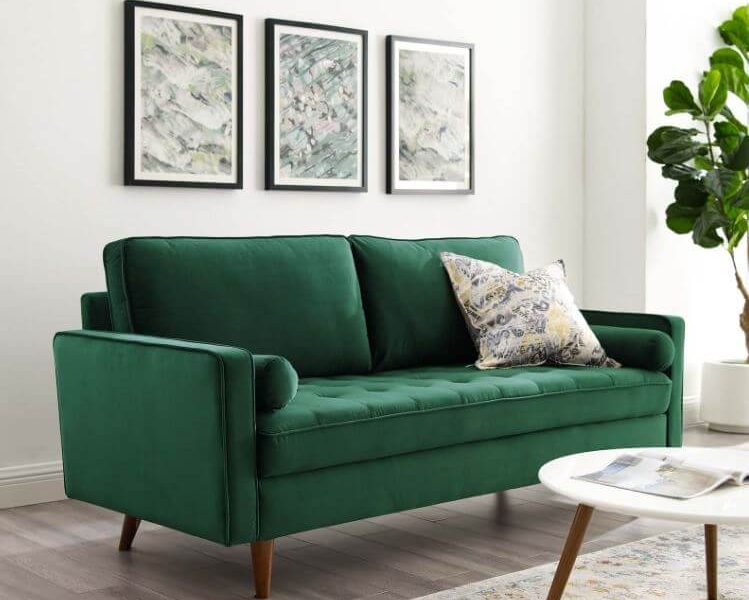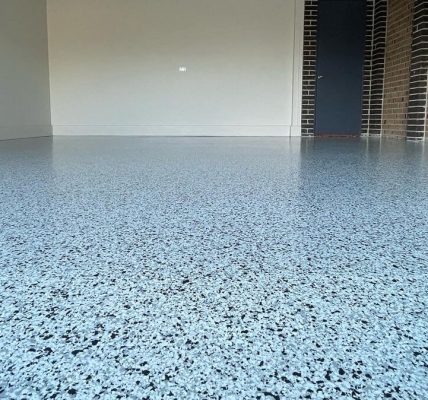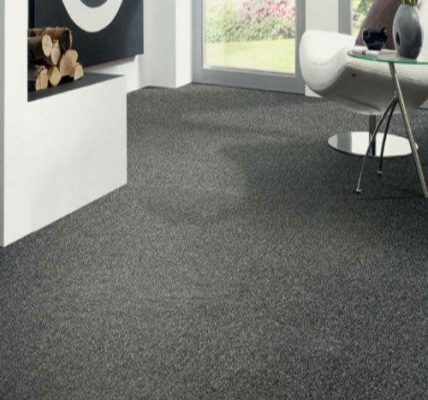A sofa is more than just a place to sit—it’s the centerpiece of your living room and a reflection of your style. Choosing the perfect sofa upholstery can transform your space, creating a welcoming, stylish, and cohesive environment. One of the most effective ways to make a statement is by mixing patterns and textures, which adds depth, character, and visual interest to your interiors. However, combining these elements requires a balance of creativity and strategy. Here’s your comprehensive guide to mastering the art of mixing patterns and textures in sofa upholstery.
Understanding Patterns and Textures
Before diving into the combinations, it’s essential to understand what patterns and textures bring to your living space. Patterns are designs or motifs on fabric, including geometric shapes, floral prints, stripes, plaids, and abstract art. Patterns can energize a room, highlight certain areas, and bring personality to your furniture.
Textures, on the other hand, refer to the tactile feel and visual surface of the fabric. They include velvet, linen, leather, chenille, tweed, and bouclé, among others. Texture can add warmth, dimension, and sophistication, making your sofa not just visually appealing but also comfortable to touch.
By thoughtfully combining patterns and textures, you can elevate a simple sofa into a dynamic statement piece that complements your interior design.
Start With a Color Palette
A cohesive color palette is the foundation of mixing patterns and textures successfully. Choose two to three primary colors and use complementary shades to create harmony. For example, pairing a neutral base sofa with patterned cushions in soft blues, greens, or muted golds can achieve a sophisticated look.
When working with bold patterns, balance them with solid textures. For instance, a geometric-patterned velvet sofa can be paired with solid linen or wool cushions to prevent the room from feeling too busy.
Mix Scale and Pattern Types
Mixing patterns effectively is all about scale. Large-scale patterns work well with smaller motifs to create balance. For example, if your sofa features a bold, oversized floral upholstery, consider adding cushions with small polka dots or subtle stripes. This contrast adds visual interest without overwhelming the eye.
Additionally, mixing different pattern types—geometric with floral, stripes with abstract, or herringbone with plaid—can produce a stylish, eclectic look. The key is to maintain some element of continuity, whether through color, texture, or theme, to ensure the combination doesn’t clash.
Layer Textures for Depth
Textures add depth to your sofa, making it more inviting and luxurious. For example, pairing a smooth leather sofa with a chunky knit throw or velvet cushions adds tactile contrast and visual richness. Similarly, a linen sofa can benefit from textured pillows like boucle, suede, or corduroy.
Layering textures also creates comfort. Mixing soft and firm, smooth and rough, or shiny and matte fabrics engages the senses and makes your seating area more appealing. Think of texture as the bridge between the patterns—it unifies the overall design while adding subtle complexity.
Consider the Room’s Overall Style
While experimenting with patterns and textures is exciting, always consider your room’s overall style. A minimalist, modern interior benefits from subtle textures and geometric patterns in neutral tones. In contrast, a bohemian or eclectic space allows for bold, colorful patterns, mixed fabrics, and contrasting textures.
Classic interiors can incorporate rich velvet sofas with patterned brocade cushions, while contemporary rooms might feature sleek leather sofas paired with abstract-patterned throws. Understanding your room’s aesthetic ensures your sofa complements rather than conflicts with the surrounding décor.
Use Accent Pieces to Tie Everything Together
Accessorizing with accent pieces is a powerful way to integrate mixed patterns and textures. Rugs, curtains, cushions, and throws can echo the sofa’s color palette or patterns, creating cohesion. For instance, a patterned sofa can be enhanced with a solid rug in a complementary shade, or a textured throw can echo the fabric of a patterned cushion.
Artwork and decorative items also play a role. Metallic finishes, wooden elements, or glass accents can balance heavy patterns and plush textures, ensuring the room feels harmonious and well-designed.
Practical Tips for Mixing Patterns and Textures
Start Small: Begin with one patterned sofa or cushions and gradually introduce complementary textures.
Balance Boldness: Pair bold patterns with neutral textures to prevent visual overload.
Stick to a Theme: Maintain a consistent color palette or design motif for cohesion.
Play With Layers: Combine different fabrics and textures in layers for depth.
Trust Your Instincts: Experiment with combinations, but always step back to assess harmony.
Conclusion
Mixing patterns and textures in sofa upholstery Abu Dhabi is a creative way to express personality, elevate your interior design, and create a stylish, comfortable living space. By understanding patterns, layering textures, considering scale, and maintaining a cohesive color palette, you can achieve a sophisticated, balanced, and inviting look.
Whether your style is modern, classic, bohemian, or eclectic, thoughtfully combining patterns and textures will ensure your sofa becomes a captivating focal point in your home. Don’t be afraid to experiment—after all, the perfect mix of patterns and textures is what makes your living space uniquely yours.










